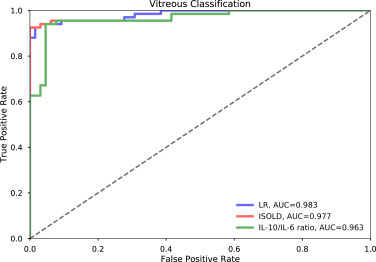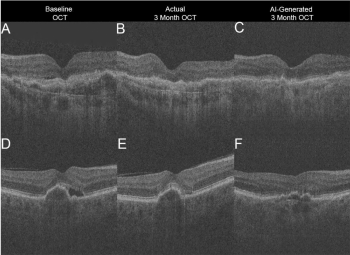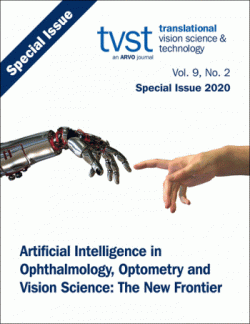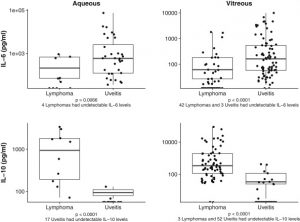Endophthalmitis is a rare but significant potential complication of eye surgery that can result in a substantial loss of vision. Microbial culture remains the gold standard for detecting organisms associated with endophthalmitis, but in 30% of cases no organism is identified. Molecular testing such as PCR or deep DNA sequencing have been increasingly used in ophthalmology, and can identify and characterize pathogens with unprecedented detail. We sought to apply these techniques to a prospective cohort of patients with endophthalmitis and correlate the findings with clinical outcomes, to determine whether they provide additional prognostic information for the management of post-procedure endophthalmitis.
Continue reading "Prognostic utility of whole genome sequencing and polymerase chain reaction tests of ocular fluids in post-procedural endophthalmitis"Methodological Challenges of Deep Learning in Optical Coherence Tomography for Retinal Diseases: A Review
In this review article for Translational Vision Science and Technology, Dr. Ryan Yanagihara and his co-authors discuss the progress and future directions of deep learning applications for diagnosing retinal disease from optical coherence tomography imaging.
Deep learning is a subfield of machine learning that involves convolutional neural networks. Within ophthalmology, deep learning has been applied to automated diagnosis, segmentation, big data analysis, and outcome predictions. Many recent studies have successfully used deep learning for OCT image analysis, in order to diagnose and segment features of diabetic retinopathy, age-related macular degeneration, and glaucoma.
Continue reading "Methodological Challenges of Deep Learning in Optical Coherence Tomography for Retinal Diseases: A Review"How Artificial Intelligence Can Transform Randomized Controlled Trials
In this commentary for the journal Translation Vision Science and Technology, Dr. Aaron Lee and Dr. Cecilia Lee discuss how the application of artificial intelligence and big data in healthcare has the potential to transform clinical trial research.
They explain some of the common pitfalls of randomized controlled trials and how deep learning is particularly well-suited to overcome some of these problems, leading to more efficient execution and greater statistical power than what would be expected from traditional trials.
Continue reading "How Artificial Intelligence Can Transform Randomized Controlled Trials"Data-Driven, Feature-Agnostic Deep Learning vs Retinal Nerve Fiber Layer Thickness for the Diagnosis of Glaucoma
In this commentary in the journal JAMA Ophthalmology, Christine A. Petersen, MD, Parmita Mehta, MS, and Aaron Y. Lee, MD, MSCI review a recent article published in the same journal, "Assessment of a segmentation-free deep learning algorithm for diagnosing glaucoma from optical coherence tomography scans."
The commentary addresses why a deep learning approach was more successful at detecting glaucoma using spectral domain optical coherence tomography scans than the more traditional strategy of performing automated segmentation to analyze retinal nerve fiber layer parameters.
Continue reading "Data-Driven, Feature-Agnostic Deep Learning vs Retinal Nerve Fiber Layer Thickness for the Diagnosis of Glaucoma"Logistic Regression Classification of Primary Vitreoretinal Lymphoma Versus Uveitis by Interleukin 6 and Interleukin 10 Levels
In this study published in the journal Ophthalmology, the authors evaluated the use of a logistic regression model for early diagnosis of primary vitreoretinal lymphoma. Primary vitreoretinal lymphoma is a rare disease with a generally poor prognosis. Early diagnosis of local ocular disease has been shown to prolong survival significantly, but because the disease is rare and the ocular symptoms are nonspecific, it is often misdiagnosed. In addition, although cytologic analysis of aqueous or vitreous samples is diagnostic, there are often problems with lymphoma cell detection in the sample. As a result, the diagnosis of PVRL is often delayed, taking on average 1 to 2 years from the onset of symptoms and typically requiring multiple biopsies.






